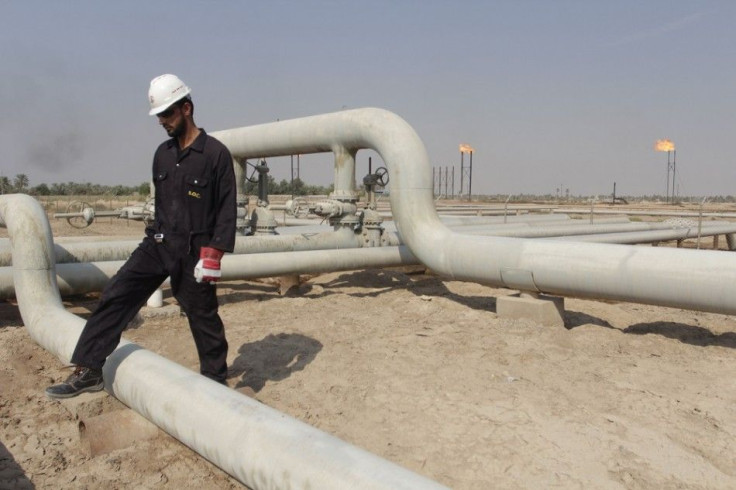Australian Stock Market Report – Afternoon November 28, 2014

Oil is the word
The weak tone seen in the first half of the session remained over the course of the afternoon. The ASX 200 was unable to recover from the session lows which was where the index spent most of the session. Over the course of the week the index gained 0.16%
Oil prices remained the market focus with a sense that the sharp fall in the world oil prices can be sustained. OPEC has decided to keep its crude oil output target unchanged at 30 million barrels per day, pushing crude oil prices to new four-year lows. Saudi Arabia is trying to drive higher-cost non-OPEC oil producers out of the market. It is looking increasingly likely that OPEC is keeping low crude oil prices and targeting market share to pressure US shale oil production, which is the reason US oil output is at 30-year highs and forcing OPEC to consider its crude oil output target. This perception saw little recovery for energy stocks over the course of the afternoon.
The fall in oil prices means that consumers and retailers will be the beneficiaries given that a high proportion of the savings will likely be spent. CommSec estimates that monthly household spending on petrol will fall another $20 after already falling $20 from recent highs of almost $190 per month. Despite the looming benefits to households, consumer discretionary names were lower although Harvey Norman (HVN) was one of the few exceptions with a gain of 1.1%, JB HiFi (JBH) was down 0.5%; Kathmandu (KMD) lost 1.4%
Transport stocks were beneficiaries of the drop in oil prices. Qantas (QAN) was up by almost 7%. The carrier recently highlighted that it saw $20m in price savings on fuel in the first half year in addition to a substantial benefit coming through in the second half of the financial year. Fuel is Qantas's biggest cost which totalled $4.46 billion in 2014. Each $1 movement in a barrel of oil translates to about $32 million movement in Qantas fuel bill across full year. Other transport names that rose included Toll Holdings (TOL) which rose 1.8% and Virgin Australia (VAH) ended flat
Medical Centre group Primary Healthcare (PRY) was upbeat about the year ahead at its AGM on Friday. PRY remains on track to meet pre-tax of between $410 million an $425 million an improvement of up to 12% this financial year as growing demand for healthcare services expected to continue into the medium term. The shares ended the session flat at $4.70
In economic news figures showed that private sector credit (lending) rose by 0.6 per cent in October, the fastest growth in four months. Annual credit growth lifted from 5.4 per cent to 5.7 per cent, the strongest growth in almost six years; since January 2009. The figures highlight that lending growth is generally healthy. While Aussies are investing in the housing market, they aren't taking out loans for other reasons. Household wealth continues to rise with the loans taken out providing good returns in higher home prices. The lift in business lending is encouraging. As time goes on businesses will become less cautious and more likely to look to grow their business. The lift in investment in the past quarter, suggests that the process is beginning.
The Aussie dollar remained immune to the better lending figures instead the local unit was more in tune with the weaker climate around commodity prices. The Aussie ended the Asian session round 84.90 US cents.
[Kick off your trading day with our newsletter]
More from IBT Markets:
Follow us on Facebook
Follow us on Twitter






